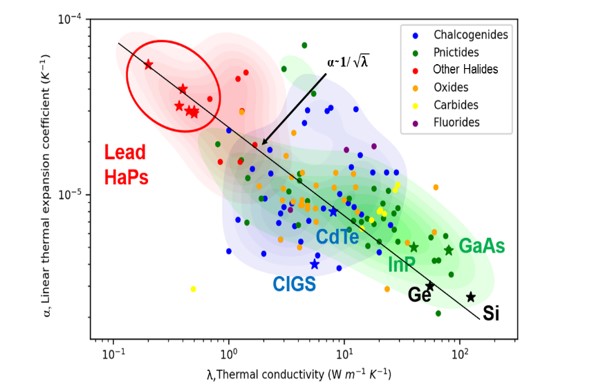Keynote Speaker
Biography
JF Guillemoles is a CNRS Research Director, head of the IPVF joint lab (CNRS- E. Polytechnique- ENSCP-and SAS IPVF), Paris-Saclay (France) aiming at the development of photovoltaics, and former director of a joint lab with the University of Tokyo, NextPV. Scientifically active on high efficiency concepts for solar energy conversion, new applications for photovoltaic, luminescence-based characterization techniques (esp. Hyperspectral imaging), and modeling of photovoltaic materials and devices. Part time Professor at Ecole Polytechnique, author/co-author of more than 400 publications (peer-reviewed papers, book chapters, patents, proceedings …), editor for Progress in Photovoltaics (Wiley) and EPJPV (EDP), and director of several large R&D programs, such as PEPR TASE.
<Home
Hard or Soft? The Way to Resilience and Reliability for New Photovoltaic Energy Materials
J.F. Guillemoles*, A. Py-Renaudie, G. Vidon, A. Julien, A. Debono, A. Levchenko, P. Schulz, B. Berenguier, G. Delport, S. Cacovitch, P. Volovitch, D. Suchet, N. Schneider
Keywords: solar energy, sustainable materials, resilient materials
Abstract
Materials for photovoltaic energy conversion have made huge progress in the past decades, both in labs, and for applications. They had first to demonstrate high efficiency: solar cells at 40% efficiency in standard operating conditions have been demonstrated [1]. Low cost and economic sustainability had also to be achieved. Today, solar energy is the best option in many places around the world. Last but not least, reliability is also one of the roadblocks to large scale applications and current technologies can operate for 30 years or more.
Yet, evidence for reliability is slow by nature: it has to be shown in the field, over time, under all the extreme conditions that can be encountered. Under environmental stresses, heat, cold, water, hails and storms, space radiations, bond breaks, atoms move and react, leading to defects that catalyse conversion losses. No wonder that most used photovoltaic materials are sturdy materials, with strong bonds, such as single crystalline Silicon. Is there another way? This presentation will discuss defect mitigation and self-healing in photovoltaic materials. Evidence for self-healing has already been demonstrated in the past [2-5]. New evidence will be presented, together with correlations between such self repair of materials and some fundamental, a priori unrelated, thermomechanical properties.

Figure 1: Ashby-like plot of thermo-mechanical properties or important photovoltaic materials compared to other semiconductors.
References
[1] Martin A. Green, et al, Progress in Photovoltaics, https://doi.org/10.1002/pip.3646.
[2] J.-F. Guillemoles, U. Rau, L. Kronik, H.-W. Schock, and D. Cahen, Adv. Mater. 11, 957 (1999)
[3] S. Kumar, G. Hodes, and D. Cahen, MRS Bull. 45, 478 (2020)
[4] D.R. Ceratti, Y. Rakita, L. Cremonesi, et al., Adv. Mater. 30, 1706273 (2018).
[5] D. Cahen, L. Kronik, and G. Hodes, ACS Energy Lett. 6, 4108 (2021).

